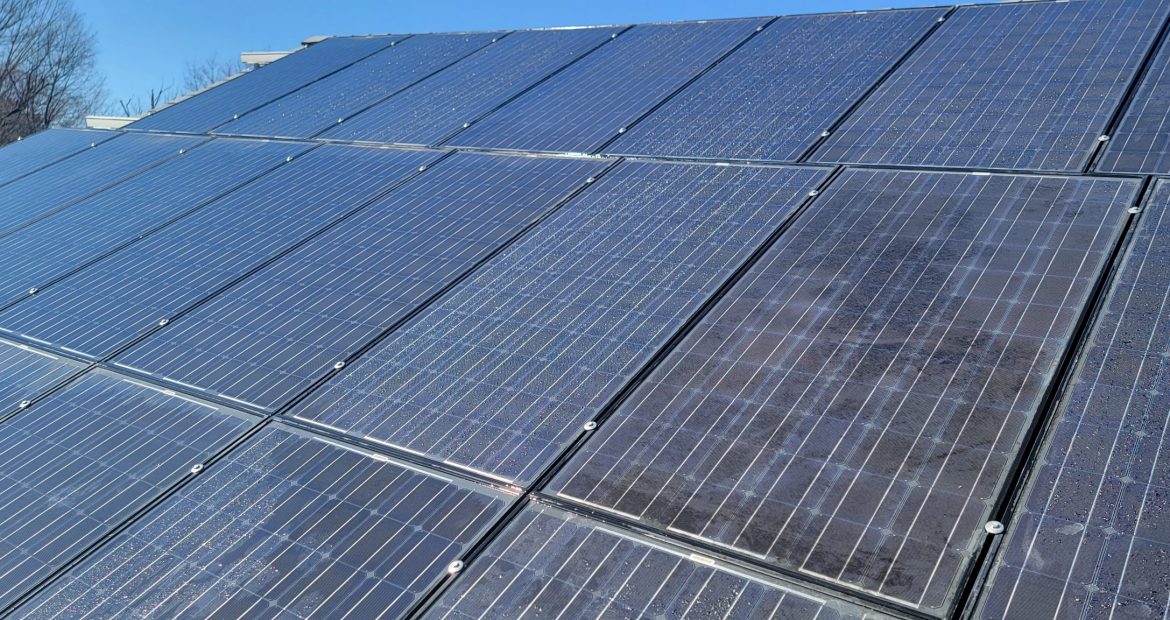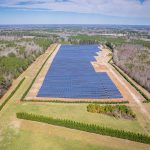Solar power systems are a fantastic way to harness the sun’s abundant and renewable energy to power our homes and businesses sustainably and efficiently. If you’ve ever wondered how solar panels turn sunlight into electricity, this guide will provide a comprehensive and insightful explanation in an easy-to-understand way, demystifying the process and empowering you with valuable knowledge about this incredible technology.
Key Components of a Solar Power System
- Solar Panels
- Role: Capture sunlight and convert it into electricity.
- Makeup: Made of many small units called solar cells, typically made from silicon.
Solar panels, also known as photovoltaic (PV) panels, are devices that convert sunlight into electricity. They are a key component of solar power systems, which are increasingly popular for generating clean, renewable energy. Here’s an overview of what solar panels are and how they work.
- Inverter
- Role: Converts the electricity produced by solar panels into a form that can be used in your home.
- Varieties: String inverters, microinverters, and power optimizers.
A solar inverter is a critical component of a solar power system. It converts the direct current (DC) electricity generated by solar panels into alternating current (AC) electricity, which can be used by household appliances and fed into the electrical grid. Understanding the role and types of solar inverters is essential for anyone considering or managing a solar project.
- Mounting System
- Role: Keeps the solar panels securely attached to your roof or on the ground.
- Types: Fixed mounts, adjustable mounts, and tracking mounts.
A solar mounting system is exactly as it sounds. This a s series of metal rails and joints used to mount solar panels on a roof or above ground.
- Battery Storage (Optional)
- Role: Stores extra energy for use when the sun isn’t shining.
- Types: Lead-acid, lithium-ion, and flow batteries.
Just like a car battery, a solar battery stores energy for use when the solar system is not producing enough power. This normally happens at night or during cloudy days. Overnight, the sun is not there to provide energy to your panels. The solar battery or batteries, depending on the size of your installation, will kick in, providing energy for your household.
- Charge Controller (If Using Battery Storage)
- Role: Manages the flow of electricity to and from the battery to prevent overcharging.
- Role: Manages the flow of electricity to and from the battery to prevent overcharging.
- Electrical Panel and Utility Meter
- Role: Distributes the electricity throughout your home and measures how much you use and produce.
- Net Metering: Lets you send excess electricity back to the grid, often earning you credits or payments.
The electrical panel, commonly known as the breaker box or distribution board, is a crucial component of your home’s electrical system. It serves as the central hub for distributing electricity throughout your home. It also houses fuses to protect your home from power surges that might endanger your electric appliances.
Benefits of Solar Power Systems
- Renewable Energy: Solar power is clean and renewable, reducing our reliance on fossil fuels.
- Cost Savings: Solar energy can significantly reduce your electricity bills and potentially earn you money through net metering.
- Low Maintenance: Solar systems are easy to maintain, usually requiring only occasional cleaning and annual check-ups.
- Environmental Impact: Using solar power helps decrease greenhouse gas emissions and lowers your carbon footprint.
- Energy Independence: With solar power, especially if you have battery storage, you can be less dependent on the grid, providing greater energy security.
Switch to Solar
Solar power systems are an incredible way to generate electricity using the sun, a resource that’s abundant and free. Understanding how these systems work can help you appreciate the technology and benefits they bring, from saving money on energy bills to contributing to a greener planet. With solar power, you can enjoy a reliable, sustainable energy source for years to come.





